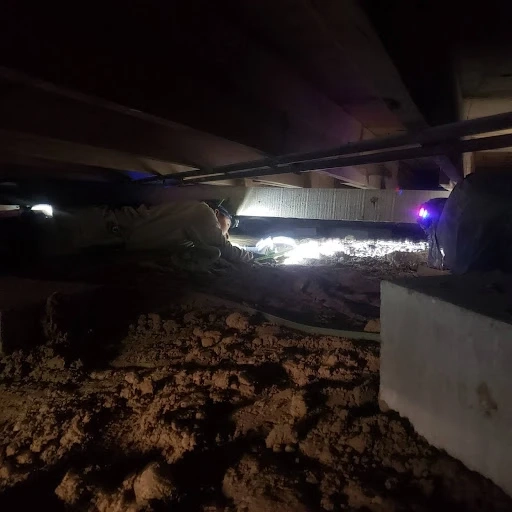In the realm of construction and structural engineering, maintaining stability and durability are paramount. Two essential aspects of this endeavor are helical piers and concrete leveling. While seemingly mundane, these components play a crucial role in ensuring the integrity and longevity of buildings and other structures. In this article, we delve into the functionality and significance of helical piers and concrete leveling techniques in the construction industry.
Helical Piers: A Foundation Support System
Helical piers, also known as helical piles or screw piles, serve as a foundational support system for various structures, including residential, commercial, and industrial buildings. These piers consist of a steel shaft with helices, resembling large screws, attached along the length. The installation process involves rotating the pier into the ground until it reaches stable soil or bedrock, providing a secure foundation for the structure above.
Installation Process
The installation of helical piers begins with assessing the soil conditions at the construction site. Soil composition and density play a crucial role in determining the depth and spacing of the piers. Once the optimal locations are identified, specialized equipment, such as hydraulic machinery, is used to drive or screw the piers into the ground.
Advantages of Helical Piers
Helical piers offer several advantages over traditional foundation support systems:
Versatility: Helical piers can be installed in various soil conditions, including clay, sand, and gravel, making them suitable for a wide range of construction projects.Minimal Site Disturbance: Unlike conventional foundation methods that require extensive excavation, helical piers minimize site disturbance, reducing environmental impact and project timelines.Immediate Load Transfer: Upon installation, helical piers can immediately bear the load of the structure, allowing construction to proceed without delays.Cost-Effectiveness: While the initial investment may be higher than traditional methods, the overall cost of helical piers is often lower due to reduced labor and material expenses.Concrete Leveling: Restoring Structural Integrity
Concrete leveling, also known as slabjacking or mudjacking, is a technique used to restore uneven or sunken concrete surfaces to their original level. This process is commonly employed in driveways, sidewalks, patios, and other concrete structures exhibiting signs of settlement or subsidence.
Procedure
Concrete leveling typically involves the following steps:
Drilling Access Holes: Small holes are drilled into the sunken concrete surface to provide access for the leveling material.Injection of Grout or Slurry: A specialized mixture of grout, consisting of cement, sand, and additives, or a slurry is injected through the access holes beneath the concrete slab.Lifting and Leveling: The injected material fills voids and lifts the sunken slab, restoring it to its original position and level.Patch and Seal: Once the concrete is leveled, the access holes are patched, and the surface is sealed to prevent moisture infiltration and further deterioration.Benefits of Concrete Leveling
Concrete leveling offers several benefits for property owners and developers:
Cost-Effective Repair: Compared to the replacement of sunken concrete slabs, leveling is a more cost-effective solution, saving both time and money.Minimized Disruption: Concrete leveling can be completed quickly with minimal disruption to the surrounding area, allowing for rapid restoration of functionality.Prevention of Further Damage: Addressing uneven concrete surfaces promptly can prevent tripping hazards and structural damage, enhancing safety and durability.Improved Aesthetic Appeal: Leveling sunken concrete restores the aesthetic appeal of outdoor spaces, enhancing curb appeal and property value.Conclusion
Helical piers and concrete leveling techniques are integral components of modern construction and structural repair. Rite Way Foundation Company recognizes the importance of these methods in ensuring the stability and longevity of structures. Helical piers provided by Rite Way Foundation Company offer reliable foundation support in diverse soil conditions, boasting versatility, efficiency, and cost-effectiveness. Additionally, our concrete leveling services provide a practical solution for restoring uneven or sunken concrete surfaces, guaranteeing safety, functionality, and aesthetic appeal. By comprehending the significance of helical piers and concrete leveling, construction professionals partnering with Rite Way Foundation Company can achieve optimal results, thereby contributing to the safety and durability of buildings and ensuring the well-being of occupants.


